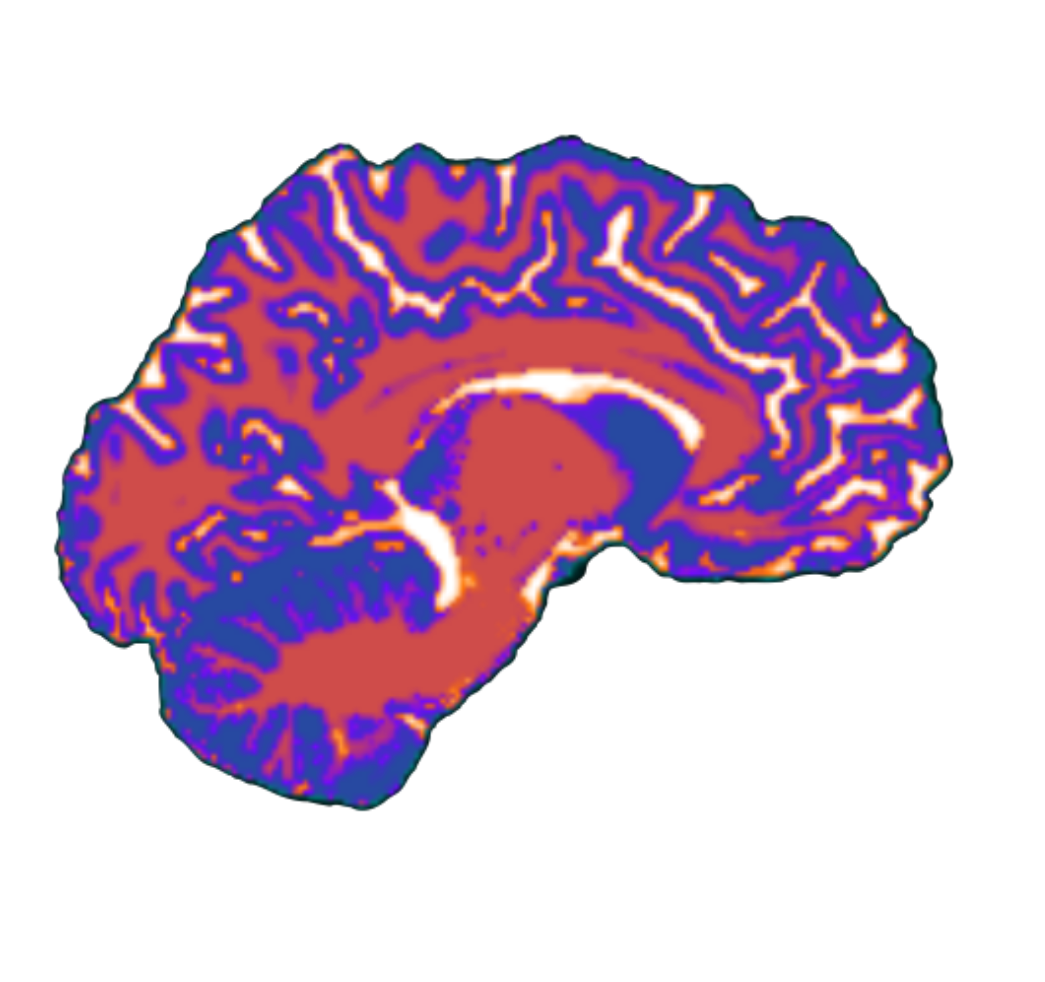ASD, critical periods, and the cerebellum
Many of these observations come from the following paper: Gibson et al. 2022
- The cerebellum has been increasingly implicated in ASD with many ASD-linked genes impacting both cerebellar function and development
- Gap: precise timing and and critical periods of when abnormal cerebellar development contributes to ASD-relevant behaviors remains poorly understood
- Method: cerebellar male mouse model of tuberous sclerosis complex (TSC) using the mTOR inhibitor to pharmacologically inhibit dysregulated downstream signaling.
- Results: they find critical periods during which abnormal ASD-relevant behaviors develop for the core ASD diagnostic criteria, social impairments and behavioral flexibility, and delineate an anatomic, physiological and behavioral framework.
- A critical period is defined as the time window during which behaviors or functions go through experience-dependent modification, stabilize, and become resistant to subsequent perturbation (Blows, 2003)
- Critical periods for social circuitry have been identified. In animal models, early social isolation results in autistic-like behaviors (Hofer, 1970, 1994; Neumann et al. 2005)
- Similarly, evidence for early developmental vulnerability of social behaviors in humans has emerged from studies of Romanian orphanages in the 1980s. Children exposed to long-term sensory deprivation developed severe developmental delays, intellectual disability, and neuro- psychiatric symptoms including ASD-relevant social deficits and repetitive behaviors (Nelson et al., 2007; Mackes et al., 2020).
- Cerebellar injury increases the risk of an ASD diagnosis (Limperopoulos et al. 2008) and cerebellar abnormalities are the most consistent observation in postmortem studies of individuals with ASD (Bailey et al. 1998; Whitney et al. 2008).
- The developing cerebellum has been suggested to shape and refine neocortical circuitry, specifically during sensitive periods of development (Volpe, 2009; Wang et al. 2014).
- Altering cerebellar function in a region-specific manner during a developmental time window induces long-lasting ASD-relevant behavioral impairments (Badura et al. 2018)
- Numerous studies highlight the existence of distinct time windows and underscore the contribution of the developing cerebellum in ASD (Limperpaulos et al. 2008; Bailey et al. 1998; Whitney et al. 2008; Stoodley et al. 2017; Kelly et al. 2020)
